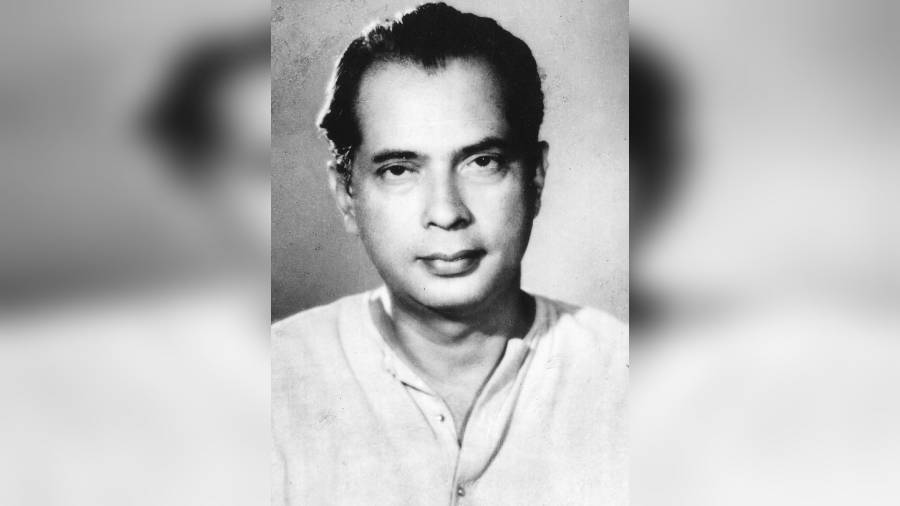With UP in the news, it will be interesting to see what happens to Yogi Adiyanath’s dream of building a state-of-the-art film city in his state and shifting the Hindi film industry out of Mumbai. Will that migration actually happen?
But before that, how Bombay became home to “outsiders” — especially of Bengali origin — makes a fascinating tale.
Bimal Roy Path stands as inerasable proof that Bombay was the city Bimal Roy considered home. He was with New Theatres in Calcutta when Ashok Kumar, the superstar of the 50s, invited Bimalda to make Maa, a Hindi film for Bombay Talkies (founded by Himanshu Rai and Devika Rani).
Bimal Roy boarded the train to Bombay along with colleagues like Hrishikesh Mukherjee, made Hindi movies for Bombay Talkies and lived like one big happy family in what was casually called Devika Rani bungalow.
It coincided with the decline of New Theatres; there was really nothing to go back to. So Hrishida too put down roots in Bombay.
Curiously, though he embellished Hindi cinema with unforgettables like Parineeta, Bandini, Sujata, Madhumati, Devdas and Do Bigha Zameen, Bimalda never attempted to learn the language and depended on colleagues to translate his thoughts.
And how did Ashok Kumar, who was christened Kumudlal Ganguly, land in Bombay? Put it down to a chance encounter on a Jhansi to Bombay train. An academically-inclined lad by the name Sashadhar Mukherjee was on his way to London to make a career. On the same train was Himanshu Rai, who told him that he was starting Bombay Talkies and was looking for young, educated people to join him. “Try it for three months and proceed to London if you don’t like it,” said Rai.
The three-month trial lasted a lifetime with Sashadhar leaving behind a legacy in filmmaking. Starting off in the sound department of Bombay Talkies — but being a “well-read Bengali brahmin”, as son Deb Mukherjee puts it — Sashadhar ’s literary inputs during script discussions introduced him to filmmaking.
Working in the laboratory of Bombay Talkies was also Sashadhar ’s brainy brother-in-law, Kumudlal Ganguly.
Gossip had it that a scandal brewed during the making of Jeevan Naiya. Rai’s wife and heroine Devika Rani had run away with hero Najam Hussain. When right-hand man Sashadhar brought her back, Rai looked for a substitute. He wanted a presentable young man who would not flirt with his wife. Kumudlal was brought out of the lab and made to face the camera as the hero of Jeevan Naiya. Thus was born Ashok Kumar, the reluctant hero.
Sashadhar went on to set up his own studio and continued making many more movies and many more stars like Shammi Kapoor. It was he who brought veteran actor Pradeep Kumar and singer-composer Hemanta Kumar to Bombay as team members of Hemen Gupta’s Anand Math.
Ashok Kumar became one of the busiest superstars of Hindi cinema and brought Bimal Roy and Hrishikesh Mukherjee to Bombay.
The one Bengali who did not begin with an Ashok Kumar or Sashadhar connection was Shakti Samanta. Brought up in Dehradun and never having lived in Bengal, Hindi movies beckoned him to Bombay, where regular rounds of film studios yielded new friendships. He rose to become Phani Majumdar’s chief assistant at the same time and in the same studio where Guru Dutt was Gyan Mukherjee’s assistant.
There was thus a mixture of parochialism, pragmatism in wanting to work with the familiar and pangs of yearning to connect with their origins that brought these Bengalis to the Hindi film industry.
Seventy years hence, will Yogi be able to write such a colourful story of migration?
Bharathi S. Pradhan is a senior journalist and author










